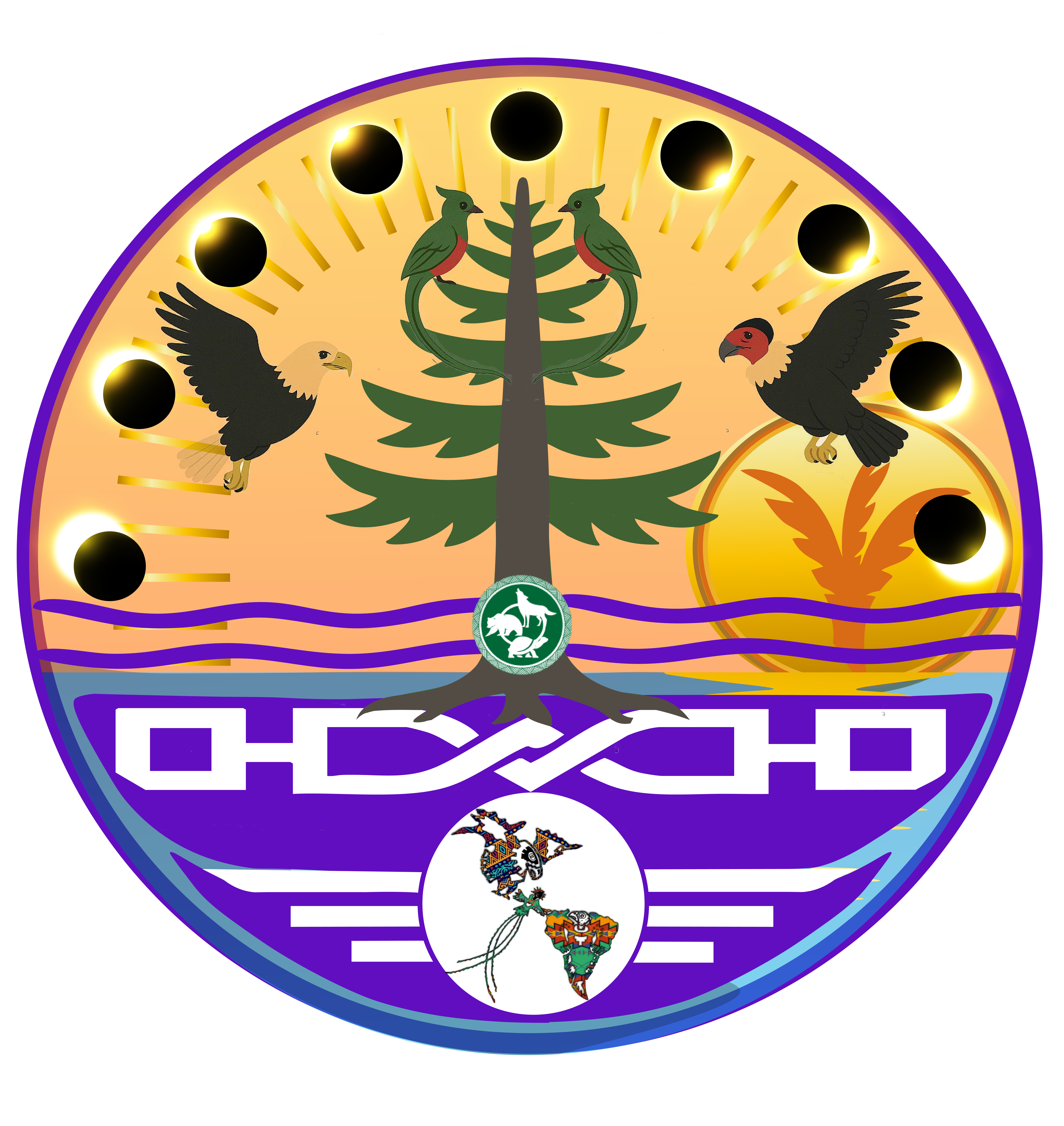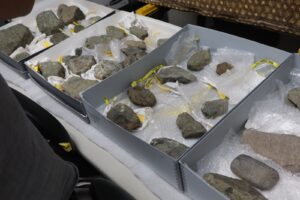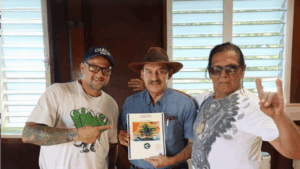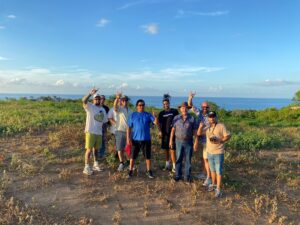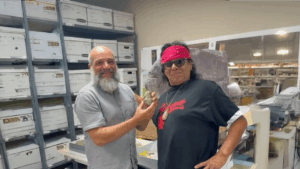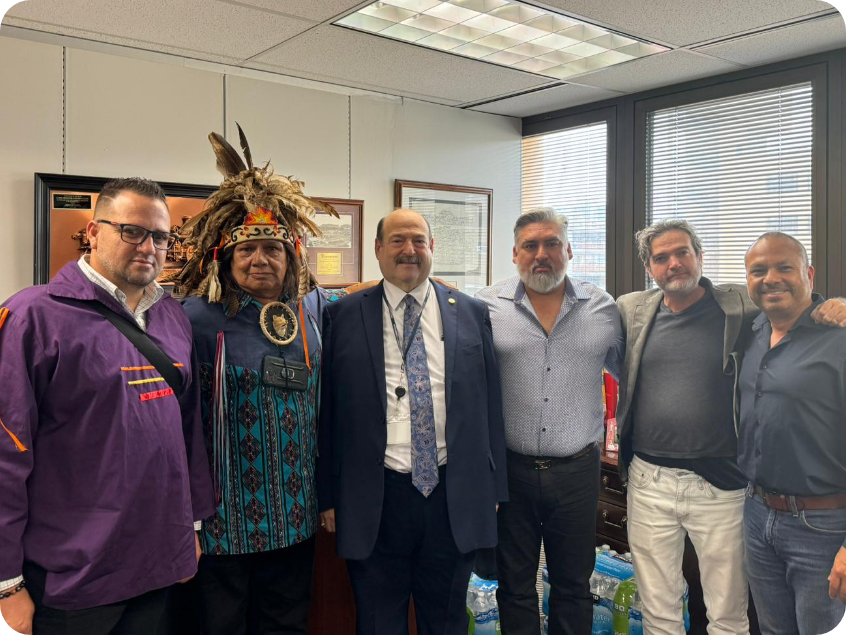The Mohawk, an Indigenous tribe deeply rooted in North American history, tell a story of how the Earth once rested on the back of a gigantic turtle, a land they call “Turtle Island.” This sacred land, North America, was a place of balance and harmony, where all living beings coexisted under the watchful eye of the “creator,” who would intervene if this balance was disturbed.
Tom Porter, a revered Mohawk spiritual leader, noticed a dramatic shift in the early 1980s. While on his way to fish along the St. Lawrence and Grasse Rivers, which flow through Mohawk lands in Upstate New York, Ontario, and Quebec, Porter heard a distressing radio broadcast. The message was clear: “All Mohawk people, we advise you not to eat fish. Especially women who are nursing their babies or are pregnant. It’s toxic, it’s polluted.” The rivers, once a source of life, had become tainted with industrial waste from nearby manufacturing companies, releasing dangerous pollutants into the water.
The Mohawk community, led by Porter, quickly recognized the severe implications of these toxins. They linked the pollutants to unexplained health issues within their community, including severe birth defects, an alarming cancer rate, and a noticeably shorter lifespan among elders. These concerns prompted government studies in both Canada and the United States to assess the impact of polychlorinated biphenyls (PCBs) on the Mohawk’s land, water, and people.
Despite these studies, there was a critical gap in understanding how PCBs infiltrated the food chain. To bridge this gap, several Mohawk students, including Dr. Mary Arquette, were sent to New York State laboratories to work with scientists. Dr. Arquette, who later became a veterinarian and immunotoxicologist, tested a snapping turtle—an animal central to the Mohawk creation myth. The results were shocking: the turtle contained 835 parts per million of PCBs, a staggering number compared to the current allowable limit of 2 parts per million in consumable fish.
The contamination of the turtle, a symbol of Turtle Island itself, was a devastating revelation for the Mohawk. It signified that their sacred land, which they believed rested on the back of a turtle, was being poisoned. Dr. Arquette reflected on the significance of this discovery, stating, “In our creation story, Turtle Island is Earth, and so the turtle [finding] was quite significant. The whole core of North America is polluted, and someone is culturally screaming at you ‘This is important! Do something!’”
The Mohawk community, under Porter’s leadership and with the support of scientists, established the Akwesasne Task Force on the Environment in 1987. This group became a driving force in the fight to protect their environment, relying on scientific evidence to bolster their advocacy. Porter urged scientists to “tell the truth. And not only in small amounts, but to tell the world how bad it is where we live.”
Over the past thirty years, the Akwesasne Task Force on the Environment has tirelessly worked to expose the truth and push for the cleanup of their polluted rivers and lands. Their journey has been fraught with challenges, as they confronted companies reluctant to spend on cleanup and navigated varying governmental standards of “clean.” Despite these obstacles, their efforts led to the containment of pollutants and a significant toxic cleanup, completed in November 2021. The project has now entered its ecological restoration phase, although much of the industrial waste remains buried under impermeable caps in the rivers.
While over 48 acres of land and water have been restored, the Mohawk community still faces the long-term effects of this pollution. A fishing advisory remains in place, likely for hundreds of years, as young Mohawks continue to carry twice the national average of PCBs in their blood. The community suffers from elevated rates of cancers like lymphoma and melanoma, and the once-abundant fish can no longer be safely consumed.
Despite these grim realities, the Mohawk’s advocacy has helped limit future generations’ exposure to these pollutants. Kay Olan, a retired teacher and Mohawk storyteller, emphasizes the importance of thinking about the impact on the “seven generations to come” when making decisions about the natural world. This guiding principle has driven the Mohawk’s ongoing fight to protect Turtle Island.
Tom Porter, who once thrived on the rivers, pulled his fishing nets from the water upon learning of the pollution and has never returned to his favorite fishing site. His actions serve as a poignant reminder of the lasting impact of environmental degradation. As we observe International Mother Earth Day, let us reflect on the legacy we wish to leave for future generations: a healthy, thriving Mother Earth, or one scarred by pollution and neglect.
